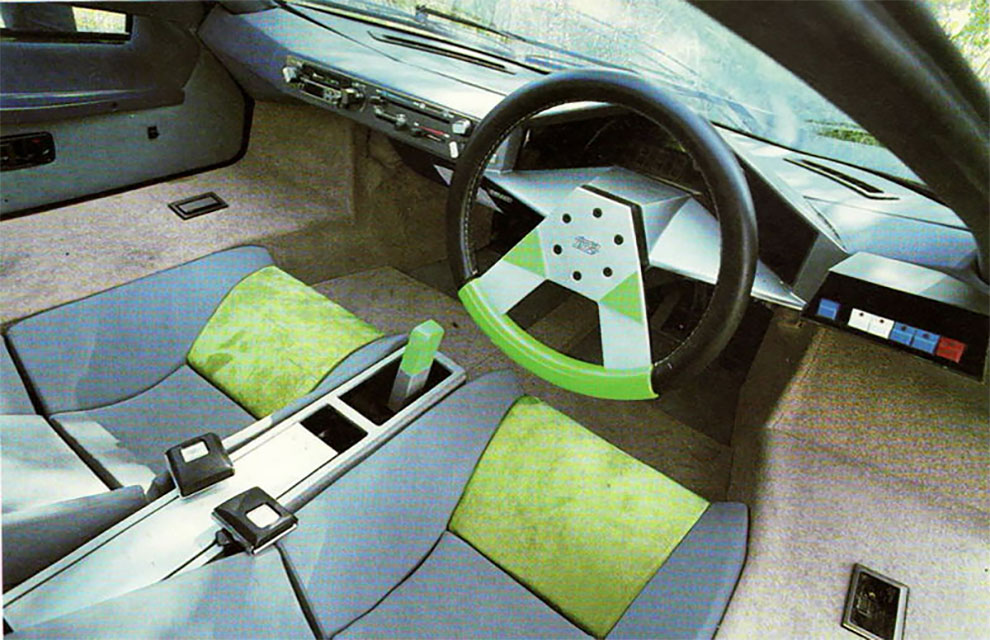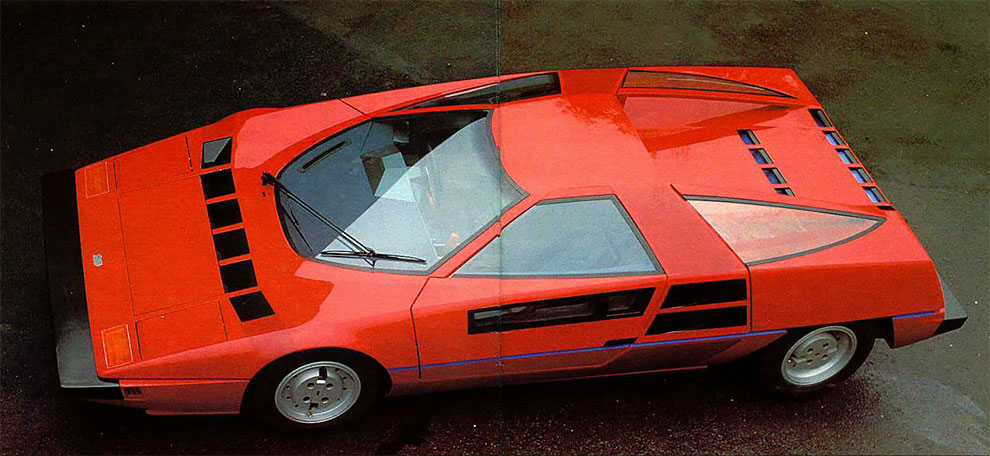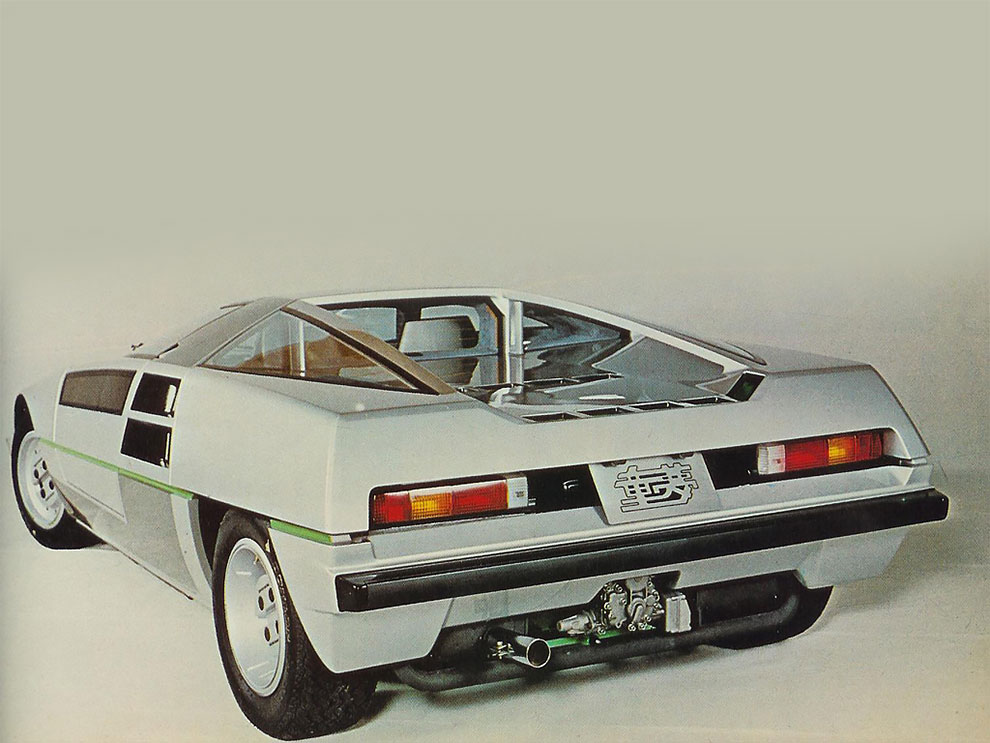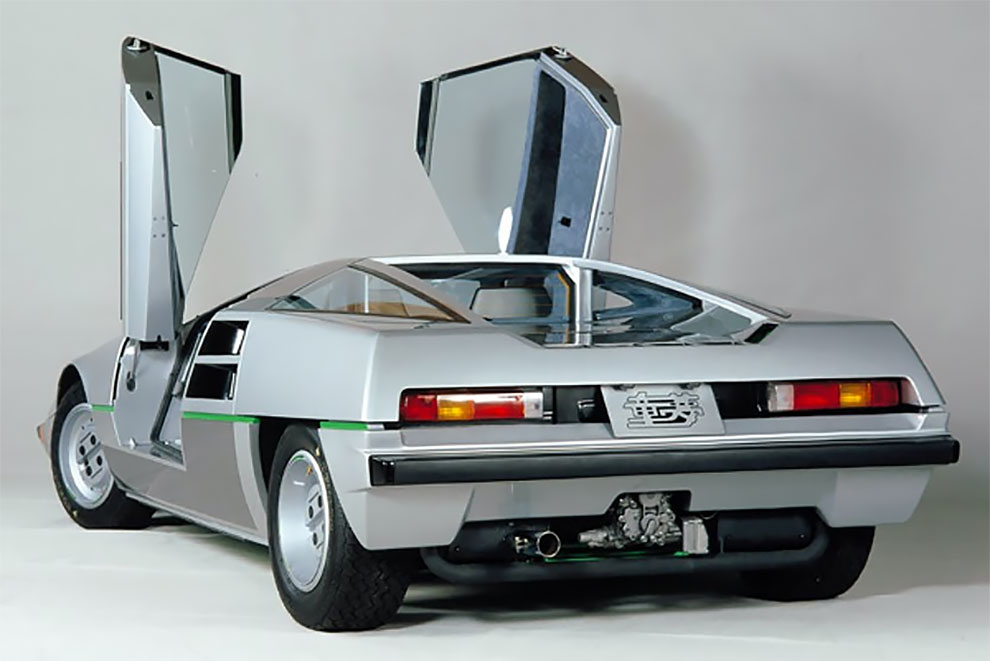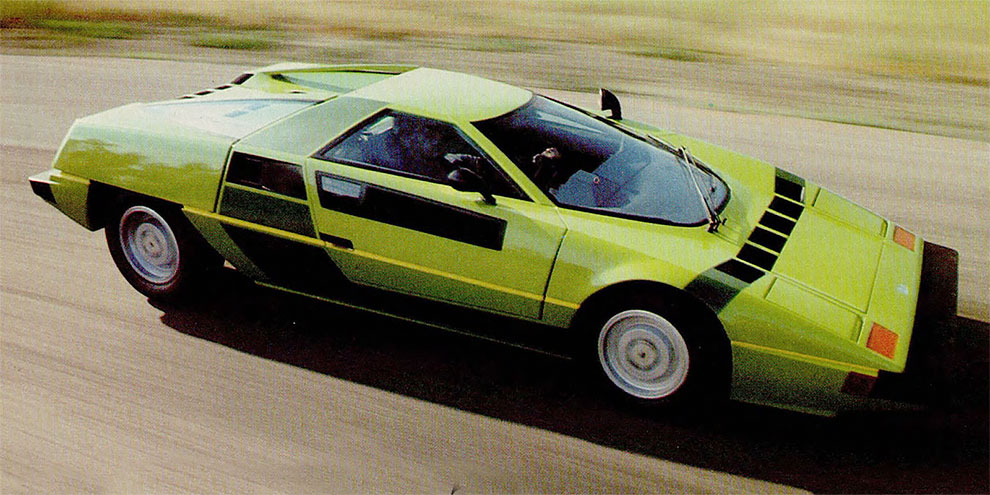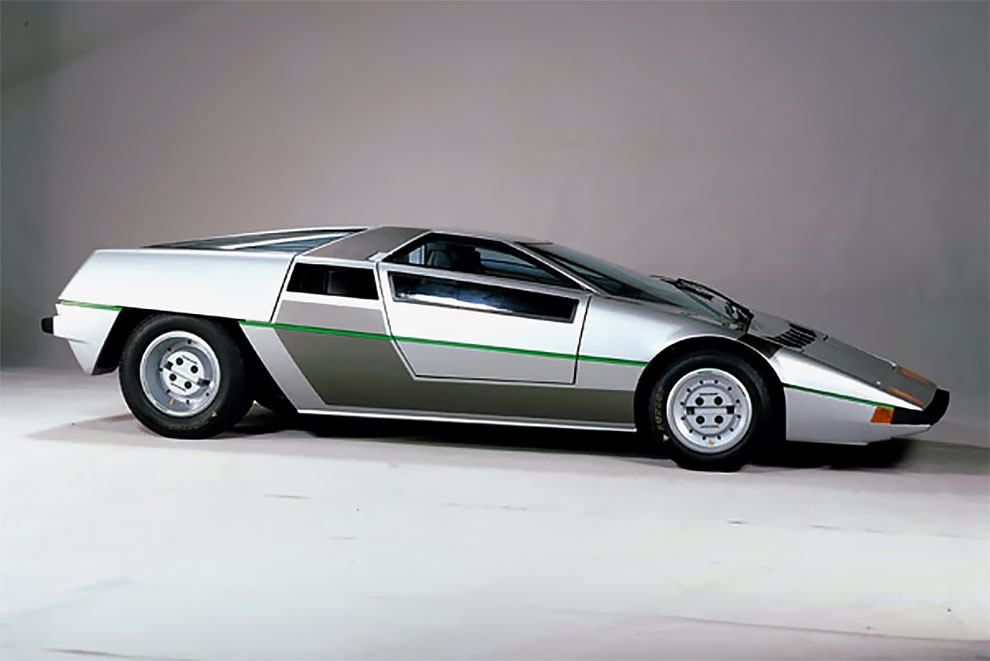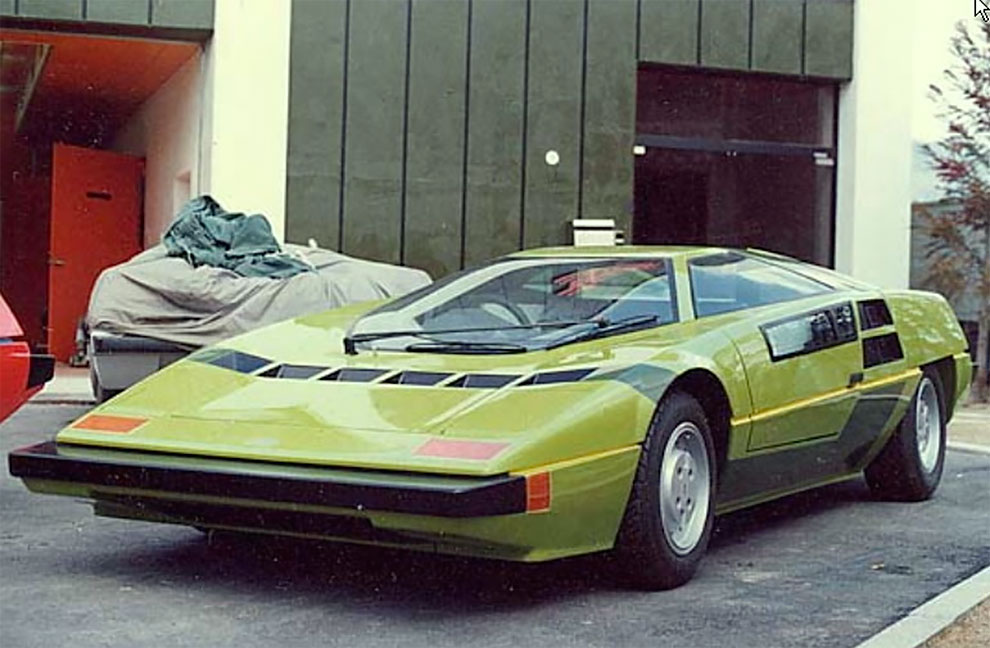The Japanese Supercar That Almost Was – The Dome Zero
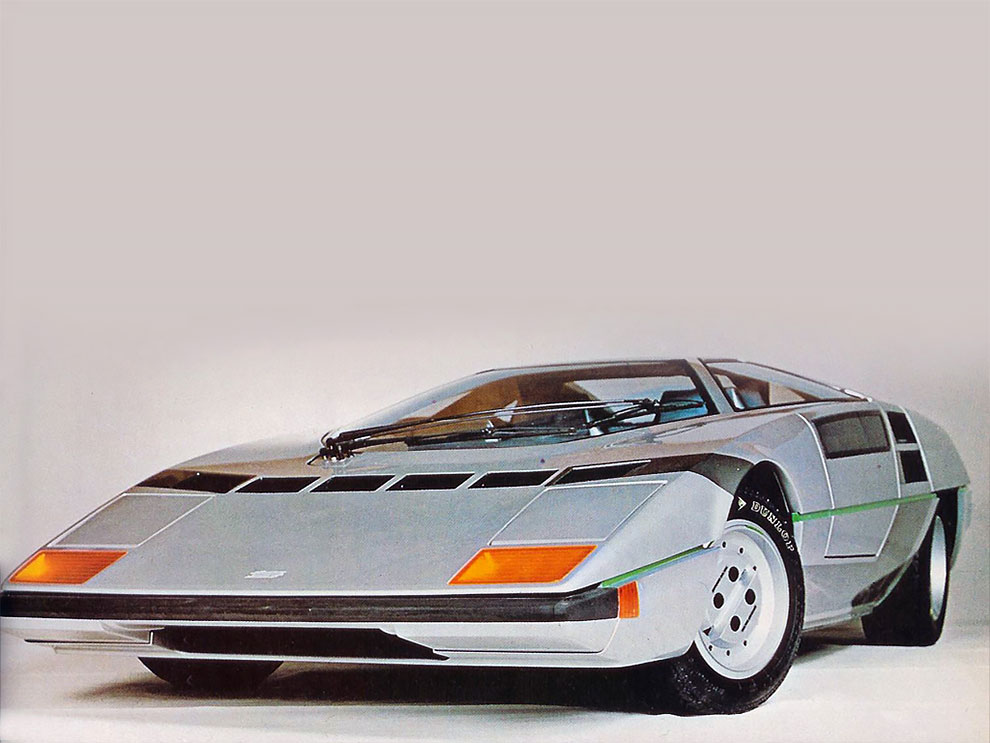
What do you get when you mix Japan’s burgeoning fortunes as an automaker in the 1970s along with a passel of frustrated racers?
One of the first Japanese supercars, that’s what. The Dome Zero’s road to the 1978 Geneva Motor Show was paved with broken marriages, infrequent bathing schedules, and a nearly impossible deadline. It sounds like an episode of Monster Garage, now that we think about it. The wedgy, Italian-esque body evokes the finest work of the House of Nuccio. Power came from a Datsun inline six, offering a power to weight ratio on par with Porsches of the day.
Dome was a racing shop initially, so the learning curve to road vehicles was a steep climb. The marathon finally finished, the Zero took the stand at the 1978 Geneva Motor Show. Enough of a stir was whipped up that several Japanese toy manufacturers approached Dome about licensing the design. Looking to bring the actual car to market, Dome entered into agreements with the toy manufacturers. The sales of the little cars funded the development of the real deal to the point where Dome built a new HQ in Kyoto.
The Zero progressed nearly to production, but was derailed after over a year of wrangling unsuccessfully with Japan’s Ministry of Transport. Failing to gain approval to homologate the car in Japan, Dome decided to try building the car in the United States and reimporting Zeros into Japan. We’re not sure what finally caused the project to grind to a halt, but a few prototypes with chunky US-spec bumpers are all that remains. Dome went back to racing, and paid homage to this star-crossed road car by naming their first LeMans entry the Dome Zero RL. Thirty years on, all we can do is gaze at the pictures and dream of what might have been.
h/t: autoblog

